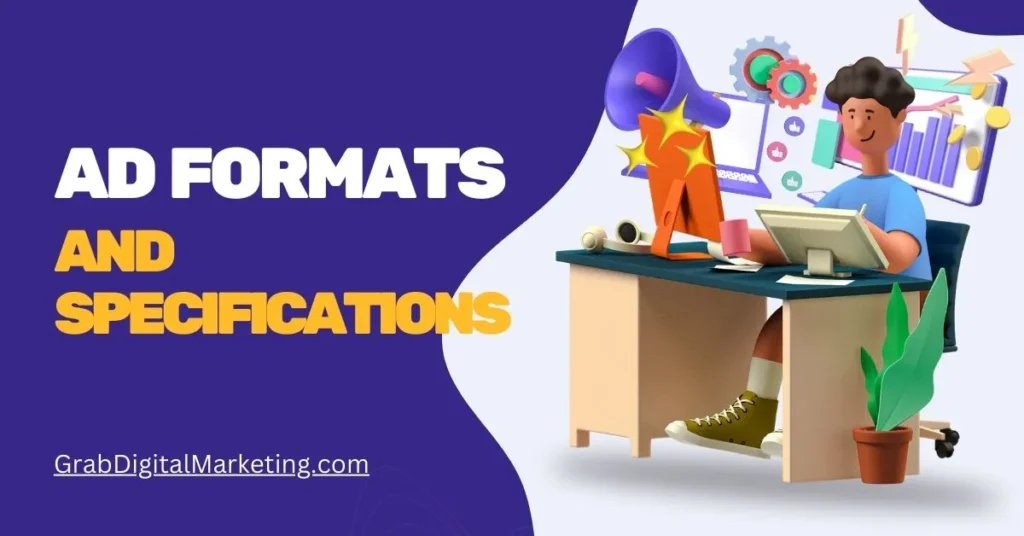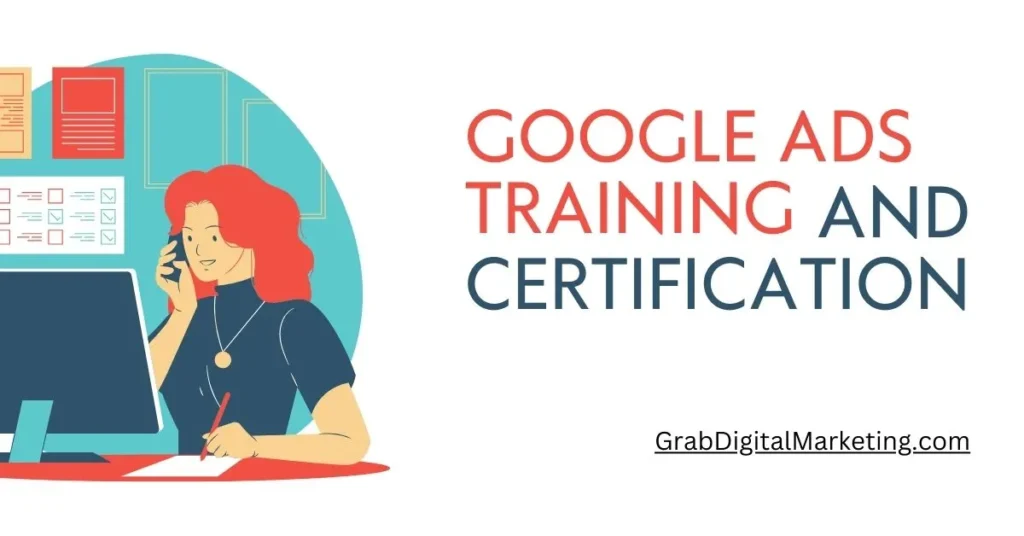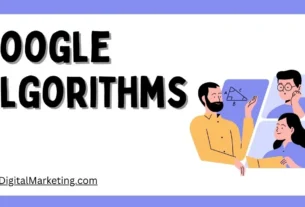Google Ads is a powerful online advertising platform that allows businesses to reach their target audience through various ad formats and placements. Here’s an overview of Google Ads, its features, and best practices for creating successful campaigns.
Table of Contents
Introduction to Google Ads

Google Ads, formerly known as Google AdWords, was launched in 2000. It revolutionized digital advertising by introducing the pay-per-click (PPC) model, where advertisers only pay when a user clicks on their ad. This performance-driven approach maximized the efficiency of advertising budgets and laid the groundwork for a more interactive and targeted advertising ecosystem.
Ad Formats and Specifications

Google Ads offers a variety of ad formats to suit different marketing goals and target audiences. Here are some of the most common ad formats:
- Search Ads: Text-based ads that appear on Google search results pages when users search for specific keywords. These ads typically include a headline, description, and a display URL.
- Display Ads: Visual ads that appear on websites within the Google Display Network. These ads can be images, videos, or rich media formats.
- Video Ads: Ads that appear on YouTube and other video partner sites. These ads can be skippable or non-skippable and can appear before, during, or after the main video content.
- Shopping Ads: Product-based ads that appear on Google Shopping and search results pages. These ads include product images, prices, and merchant information.
- App Campaigns: Ads designed to promote mobile apps across Google’s largest properties, including Search, Google Play, YouTube, and the Google Display Network
Creating Effective Ads

To create effective Google Ads, follow these best practices:
- Choose the Right Campaign Type: Select the campaign type that aligns with your advertising goals, such as Search, Display, Video, Shopping, or App campaigns.
- Determine Your Advertising Goals: Clearly define your objectives, such as increasing website traffic, generating leads, or boosting sales.
- Keyword Research: Conduct thorough keyword research to identify relevant keywords that your target audience is searching for. Use tools like Google Keyword Planner to find high-performing keywords.
- Ad Copy: Write compelling ad copy that includes a strong call-to-action (CTA) and highlights the unique selling points of your product or service. Ensure that your ad copy is relevant to the keywords you are targeting.
- Ad Extensions: Use ad extensions to provide additional information and improve the visibility of your ads. Common ad extensions include site link extensions, call extensions, and location extensions.
- Landing Pages: Ensure that your landing pages are relevant to your ads and provide a seamless user experience. Optimize your landing pages for conversions by including clear CTAs and relevant content.
- Bidding Strategies: Choose the right bidding strategy based on your advertising goals. Common bidding strategies include manual CPC, enhanced CPC, and automated bidding options like Target CPA and Target ROAS.
- Targeting Options: Use targeting options to reach your desired audience. You can target users based on demographics, interests, behaviors, and geographic locations.
- Performance Tracking: Monitor the performance of your campaigns using Google Ads and Google Analytics. Track key metrics such as click-through rates (CTR), conversion rates, and return on ad spend (ROAS) to measure the success of your campaigns.
- Optimization: Continuously Optimize your campaigns by testing different ad variations, adjusting bids, and refining targeting options. Use A/B testing to identify the most effective ad elements and make data-driven decisions to improve campaign performance.
Google Ads Training and Certification

To get the most out of Google Ads, consider taking advantage of free online training and certification programs offered by Google. These programs cover various aspects of Google Ads, including search, display, video, and shopping ads. By becoming Google Ads certified, you can showcase your expertise and improve your ability to create, measure, and optimize campaigns.
Conclusion
Google Ads is a versatile and powerful advertising platform that can help businesses achieve their marketing goals. By understanding the different ad formats, following best practices, and continuously optimizing your campaigns, you can maximize the effectiveness of your Google Ads efforts and drive meaningful results for your business.




